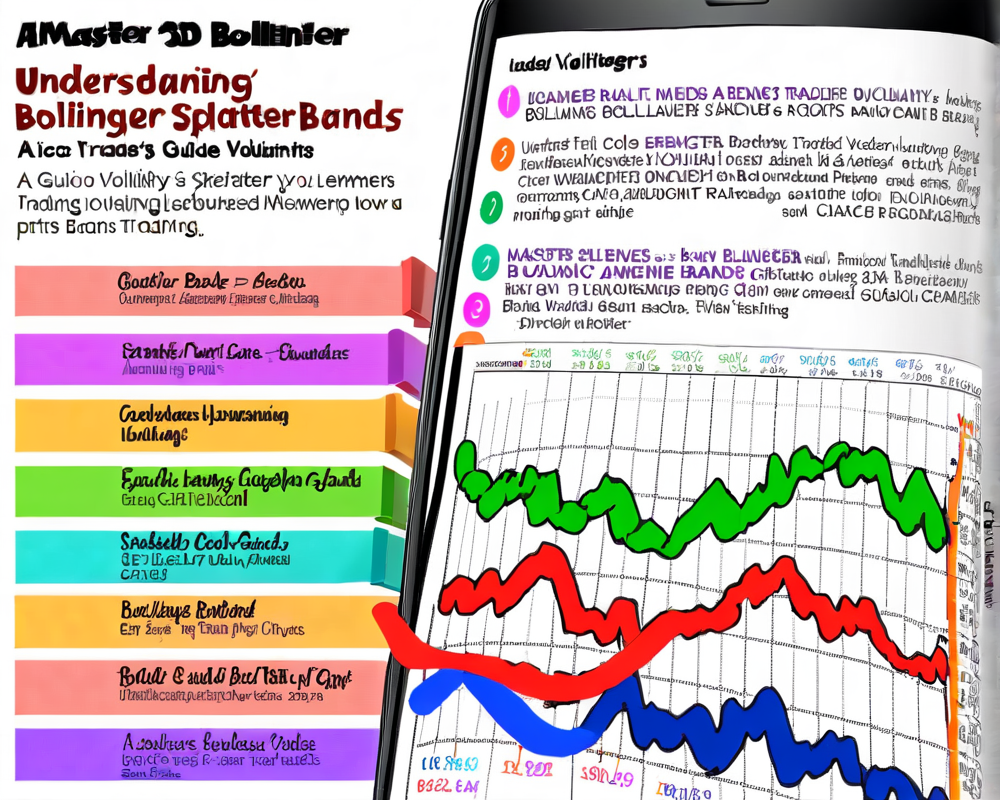What Are Bollinger Bands?
Invented in the 1980s by John Bollinger, these bands are a powerful tool for traders, especially in the cryptocurrency market. They help gauge price volatility and make informed trading decisions through three distinct lines or bands.
The Components of Bollinger Bands
Understanding the construction of Bollinger Bands is crucial for effective trading. The three key components include:
- Upper Band: This line is constructed by adding two times the standard deviation to the simple moving average (SMA). This band accounts for price volatility.
- Middle Band (SMA): Generally the 20-day moving average of the cryptocurrency being analyzed. This serves as a reference point for price movements.
- Lower Band: This band is created by subtracting the standard deviation from the SMA. When prices move outside of this band, it can signal potential trades.
Why Traders Love Bollinger Bands
Bollinger Bands are like the Swiss army knife of trading tools, serving multiple purposes:
- Assessing Price Volatility: The width of the bands indicates market volatility. Wider bands suggest volatile conditions; narrower bands point to lower volatility.
- Identifying Overbought/Oversold Conditions: A price that touches the upper band may indicate overbought conditions, while a price at or below the lower band might signal oversold conditions.
- Trend Direction Detection: If the price consistently touches the upper band, it’s indicative of an uptrend. Conversely, repeated touches at the lower band suggest a downtrend.
- Generating Reversal Signals: Prices that shoot beyond either band and then return signify potential trend reversals.
Constructing Your Own Bollinger Bands
If you’re feeling adventurous and want to dive into the nitty-gritty, here’s how you can create your own Bollinger Bands:
- Calculate the SMA: Sum the closing prices over your chosen period and divide by the number of data points.
- Compute the Standard Deviation: Determine how spread out the closing prices are from the SMA.
- Create the Upper Band: Multiply the standard deviation by your preferred multiplier (usually 2) and add this to the SMA.
- Create the Lower Band: Subtract the same standard deviation multiple from the SMA.
- Plotting: Graph these bands on a price chart to visualize market trends and volatility.
Combining Strategies with Bollinger Bands
For traders looking to enhance their strategies, here are a few combinations to consider:
- Bollinger Band Squeeze: When the bands narrow, prepare for potential breakout opportunities.
- Combining with RSI: Use the relative strength index alongside the bands to increase accuracy in identifying potential reversals.
- Volume Analysis: Look for increased volume during breakouts to validate signals.
The Limitations and Risk Management Techniques
While Bollinger Bands are fantastic, they aren’t foolproof. They can yield false signals in low volatility markets and are susceptible to sudden market shifts. To mitigate risks:
- Set clear stop-loss orders.
- Avoid overexposing your capital on individual trades.
- Diversify your trading portfolio to spread risks.
Remember, success using Bollinger Bands requires discipline and an understanding of broader market patterns.




